Do You Know What the World’s First Machine Was?
Early mechanisms — the prototypes of the tools and devices we still use today.

Machines and mechanisms make our daily lives easier. It turns out that the first of them were invented long before our era — and some of the blueprints for devices we still rely on were drawn by Leonardo da Vinci himself. But let’s start from the beginning.
Today, a machine is defined as a mechanical device that performs useful work by transforming energy, materials, or information. A few centuries ago, however, the term also implied one more key feature — the use of natural forces. That makes sense: historians believe that the earliest mechanisms emerged at the dawn of civilization, born from humanity’s desire to harness nature’s power.
The first simple mechanism in the history of science and technology is considered to be the stone mill. Before early humans learned to grind grain with such mills, they used two stones — placing the grain on one and crushing it with the other. Both hands were needed to keep the stones moving. The innovation of the mill was that the lower stone remained stationary while the upper one rotated, freeing one hand and greatly improving efficiency.
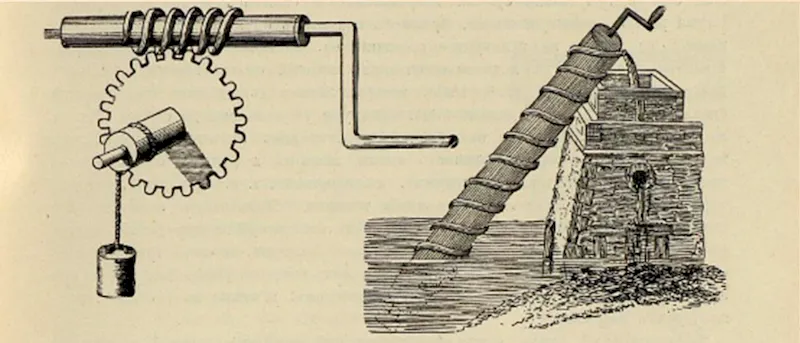
Another example of early machines were those created by Archimedes. This famous theorist was also a skilled inventor. Among his designs was the endless screw — known today as the worm drive — an idea still used in hydraulic systems and even in hand-operated meat grinders.
Though more than 40 of Archimedes’ inventions are believed to have existed, many are known only from accounts of ancient battles. Several of his machines were built to defend Greek cities against Roman forces — such as mirrors that set enemy ships ablaze or catapult-like mechanisms that hurled stones from city walls.
The First Household Machines
The Sewing Machine.
The history of this indispensable household device is a long one. Leonardo da Vinci first envisioned a mechanism that could rapidly stitch large pieces of fabric together. However, his sketches never made it off the drawing board during his lifetime — like many of his other brilliant ideas.

In the mid-18th century, German inventor Charles Weisenthal designed a special needle with an eye in the middle, allowing it to make stitches without passing completely through the fabric — a key step toward the sewing machine. Yet his apparatus was far from what we know today. Building on his idea, Barthélemy Thimonnier patented a machine in the early 19th century that created a simple chain stitch using a single thread. This was the first truly functional sewing machine.
The Washing Machine.
In the mid-19th century, American inventor James King introduced a device that transformed household chores overnight. While several washing mechanisms had already been patented, they were awkward to use and often tore clothes.
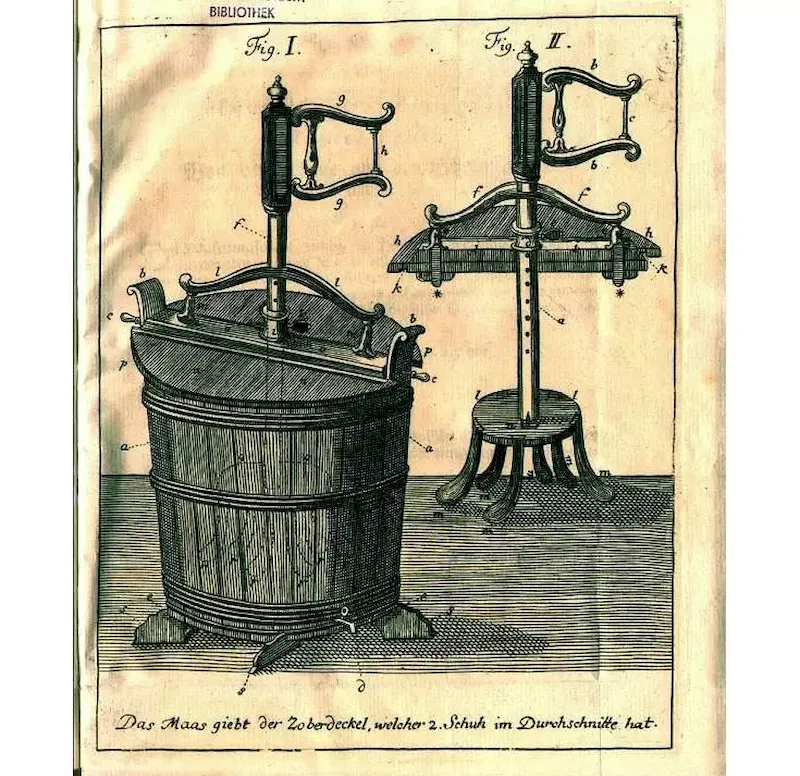
King’s design featured a barrel with rollers powered by a hand crank — practical, efficient, and soon mass-produced. Today, it’s hard to imagine life without this essential helper.
The First Automobile
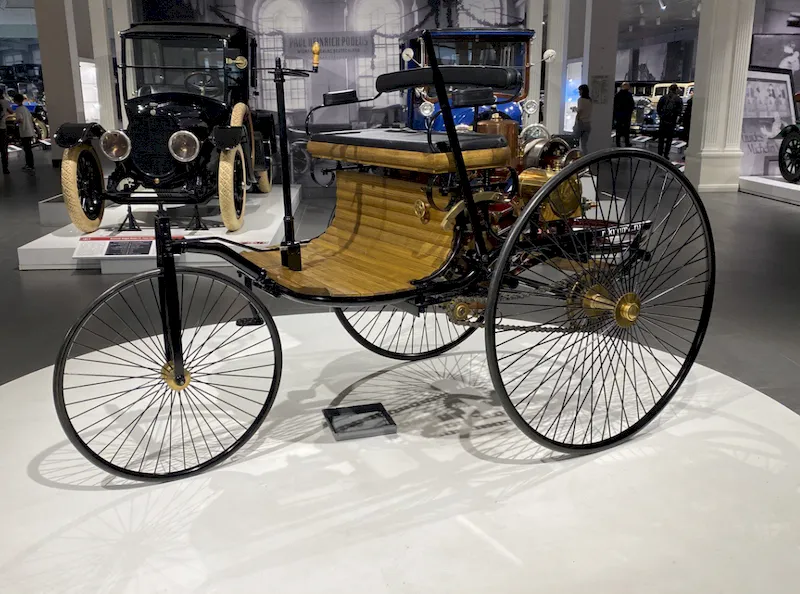
When we say “machine” today, we often mean the automobile. The first self-propelled carriages — as they were called at the time — were patented in 1886 by two German inventors working independently: Karl Benz and Gottlieb Daimler. Their developments evolved in parallel: Daimler’s design led to the first motorcycles, while Benz focused on cars and trucks powered by gasoline engines.

In the 1890s, Benz patented a double-joint steering system, a concept that—with minor modifications—remains in use in modern cars.
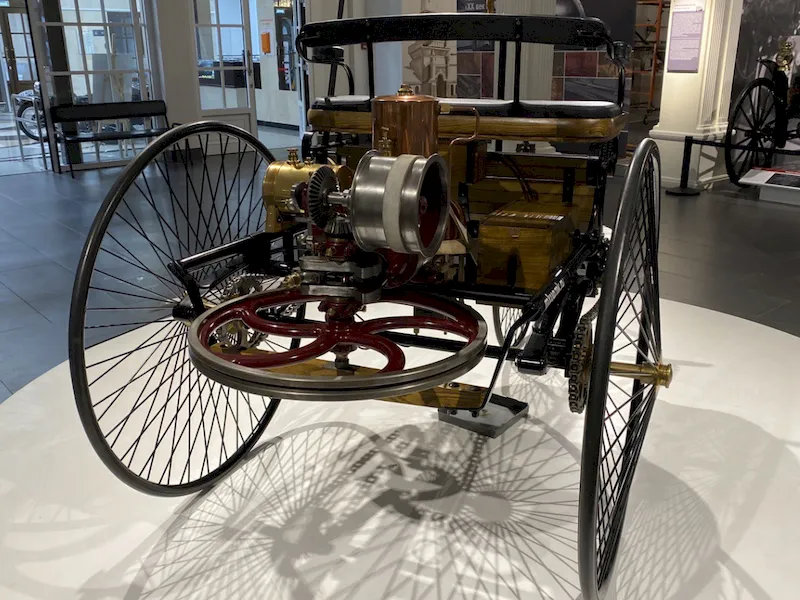
The power of those early models was modest: Benz’s Victoria produced just 3 horsepower. For comparison, a modern compact SUV typically delivers 130 to 175 horsepower — a testament to how far the “machine” has come since its humble beginnings.
You may also be interested in the news:

Ten Unusual Wheel Designs That Completely Transform a Car’s Look
Wheels are one of the most important parts of a car—and not just because the vehicle can’t move without them.

The Three Most Problematic Zodiac Signs Behind the Wheel: An Astrological Anti-Ranking
Based on popular astrology stereotypes, this tongue-in-cheek ranking highlights zodiac signs most likely to annoy drivers behind.

Why a CVT Can Be Better Than a Traditional Automatic: Three Reasons to Rethink Continuously Variable Transmissions
Many drivers still shy away from CVTs out of habit. They’re often seen as delicate, high-maintenance gearboxes that demand constant attention.
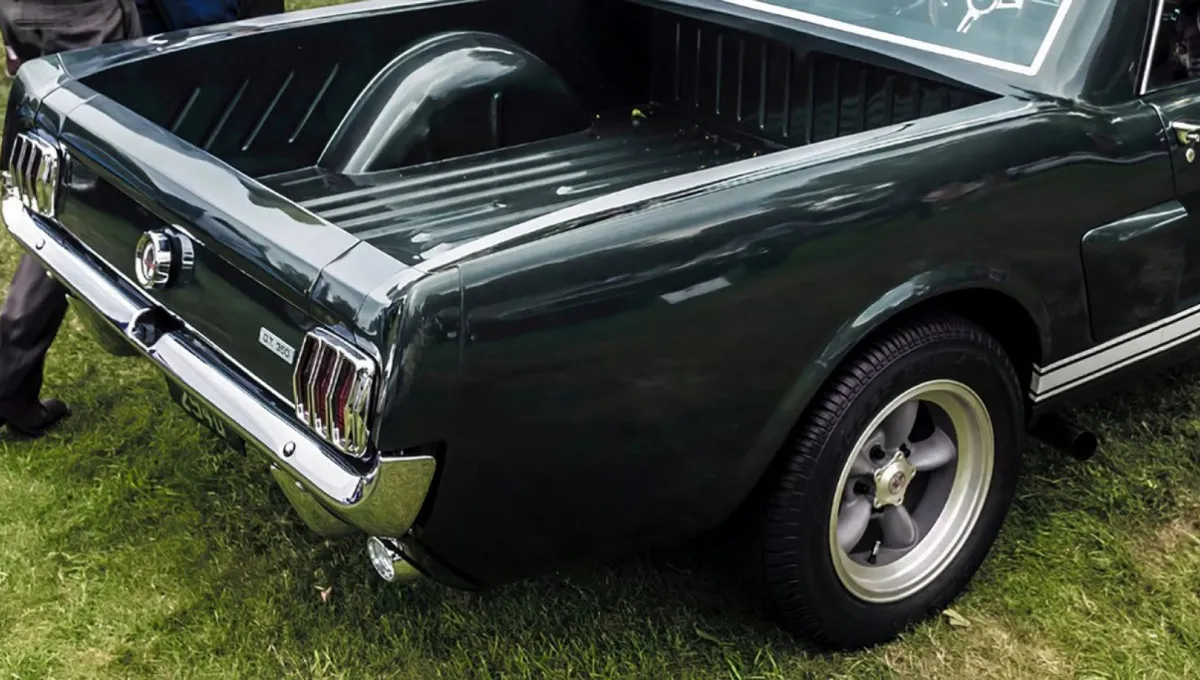
The Forgotten Pickup Based on a Legend – The Story of the Unique 1960s Ford Mustero
Have you ever heard of a Ford Mustang pickup?

Hypercars That Never Made It to Production: Cars That Deserved Better
Not every car that inspires engineers and fans alike—and draws crowds at auto shows—ever makes it to the assembly line.